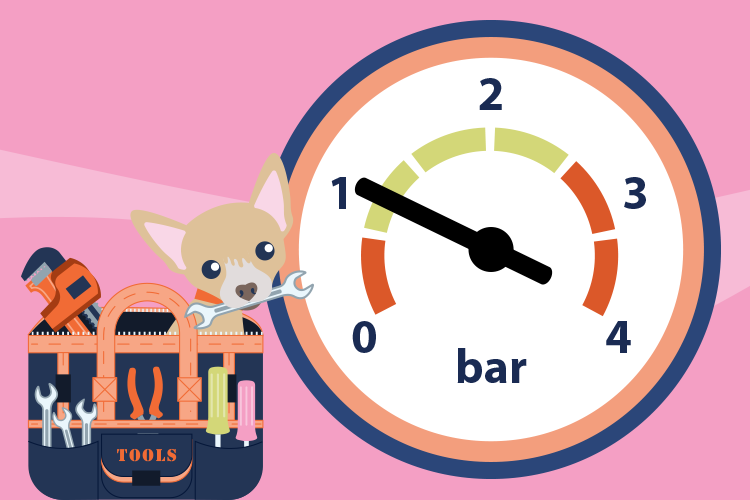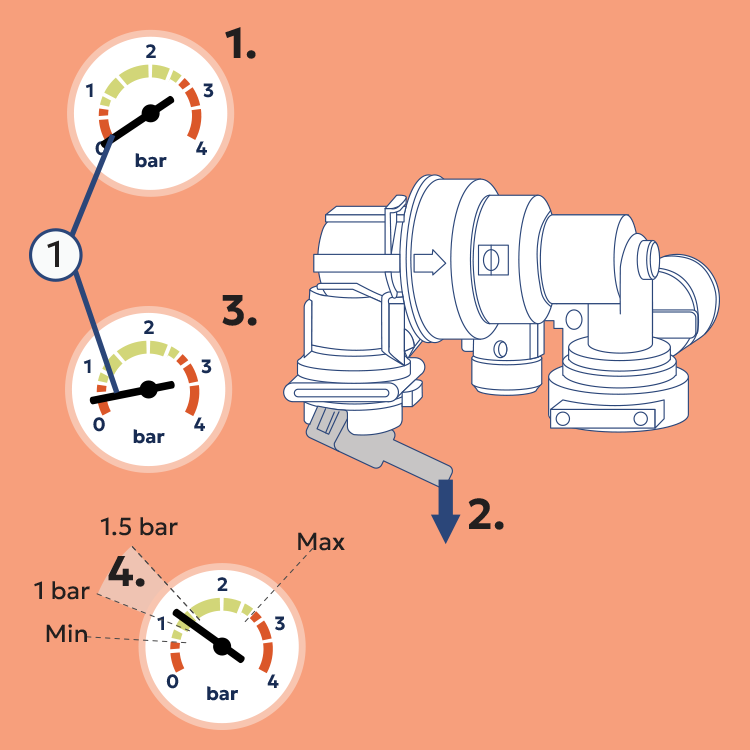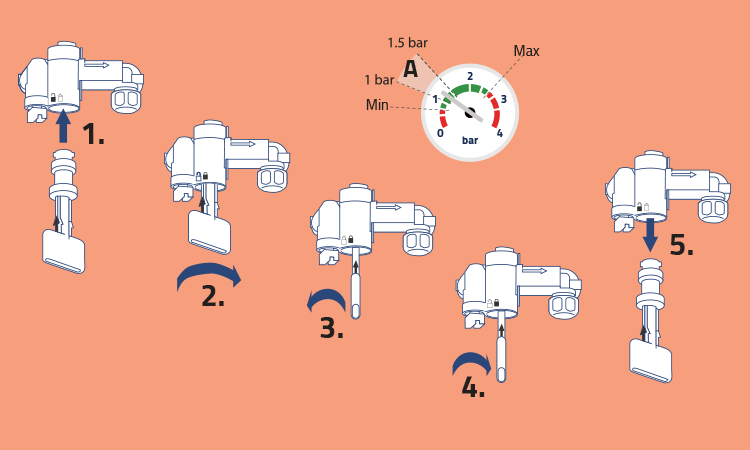Easy Guide to Re-pressurising your Boiler
Follow this simple guide on re-pressurising your Boiler
Bleeding a radiator involves releasing any trapped air inside it. Doing so helps improve the efficiency of your heating system. This guide is designed to walk you through the safe steps of bleeding your radiators and re-pressurising your boiler. If you have any doubts or concerns, it’s best to consult a qualified professional.

Why Re-Pressurising Your Boiler Matters
Maintaining the correct boiler pressure is essential for keeping your central heating system running efficiently. When pressure drops too low, your radiators may not heat properly, your hot water may cut out, or your boiler could shut down entirely. Fortunately, re-pressurising your boiler is a straightforward task that most homeowners can manage themselves, as long as you follow the proper steps.
Whether your boiler has a keyless or keyed filling link, knowing how to safely top up the pressure helps prevent cold spots, avoids unnecessary callouts, and can extend the life of your boiler. Low pressure is often caused by bleeding radiators or minor water leaks in the system, both common issues, especially during colder months.
This guide will show you how to re-pressurise your boiler correctly, step by step. However, if the pressure continues to drop after re-pressurising, it could indicate a deeper fault that requires attention from a professional. Always contact a Gas Safe engineer if you’re unsure or need expert support.
Keyless Filling Link

Integral keyed filling link
Locate the filling key and follow the instructions for re-pressurising.

Does your boiler lose pressure daily?
If your boiler is constantly losing pressure and you find yourself topping it up regularly, this indicates a problem — it shouldn’t be happening. Before checking for leaks in your system, there’s one important step to take: check your pressure gauge while the heating is on.
If you can see one or more of these errors your expansion vessel inside your boiler may need recharging or replacing. This has to be done by a Gas Safe registered engineer, this fault is very common across every boilers brands. Boiler servicing should include to check and recharge your expansion vessel, so this fault could be fixed by getting your boiler serviced.
Get your boiler serviced by or friendly, expert team at Koziwarm, Get in touch with the team today.
